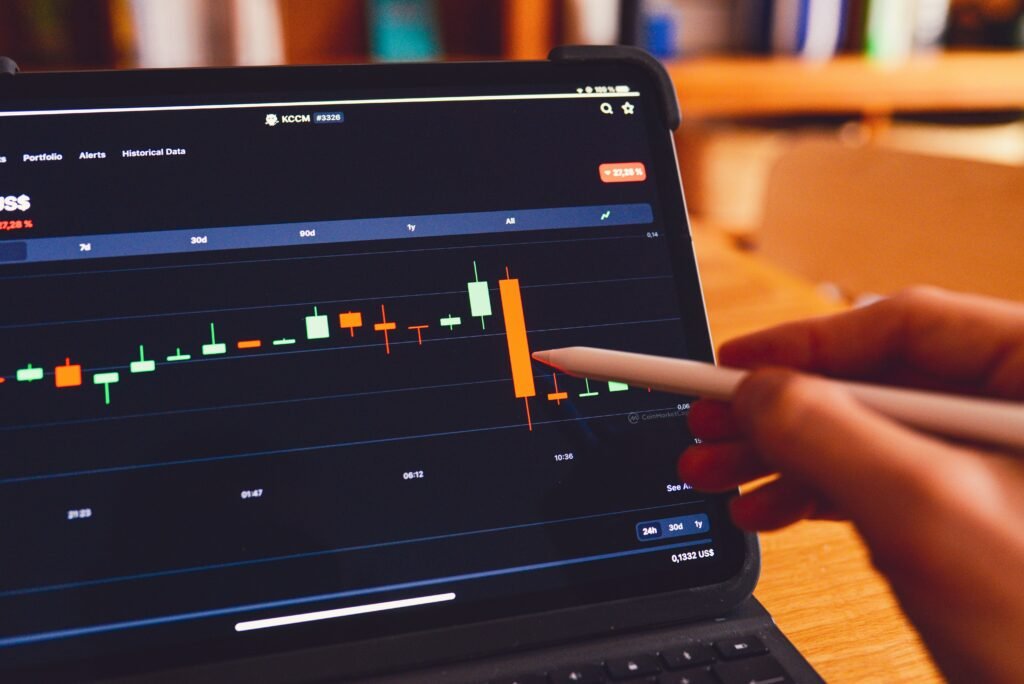From September 2 to September 5, 2025, U.S. spot funds recorded a major rotation as Ethereum ETF outflows September 2025 totaled $787.6 million. Institutional managers moved quickly, with a record single-day exit of $446.8 million on September 5. Bitcoin ETF inflows totaled $250.3 million over the same window, highlighting a clear reallocation into BTC products.
US spot Ethereum ETFs
Several managers were central to the movement, including Grayscale ETHE, Fidelity FETH, and BlackRock ETHA. These US spot Ethereum ETFs saw concentrated withdrawals as portfolio teams rebalanced. Analysts, including VALR’s CEO Farzam Ehsani, flagged structural issues that encouraged the shift.
Why ETH flows dropped
ETH staking restrictions
ETH staking restrictions are a core reason institutions favored Bitcoin ETFs during the pullback. Spot Ethereum funds cannot directly stake underlying ETH the way treasuries might stake or lend. For large asset managers, that difference reduces yield opportunities and increases the relative cost of holding ETH.
Risk-off market conditions
Risk-off market conditions amplified the exodus. Macro jitters and a flight to perceived safety pushed managers toward lower-beta products. Bitcoin ETFs benefited because BTC is seen by many institutions as a more mature digital-asset store of value in turbulent periods.
ETH whale positions rise
Paradoxically, while ETF flows fell, on-chain snapshots show ETH whale positions rose over the prior five months. Large holders and staking pools increased exposure even as some institutions sold ETF shares. This divergence suggests different actors drove the supply-demand dynamics.
DeFi and staking activity
Despite ETF outflows, DeFi and staking activity stayed robust on Ethereum. Protocol TVL and staking participation remained healthy, indicating user and developer demand persisted. The network fundamentals therefore diverged from short-term ETF sentiment.
How the rotation happened
Institutions executed the rotation by redeeming or selling ETF shares and redeploying capital into Bitcoin ETFs. Some rebalancing was tactical, responding to single-day volatility on September 5. Others cited longer-term portfolio tilts toward BTC amid macro uncertainty.
Market impact and outlook
In the short term, selling pressure from Ethereum ETF outflows September 2025 weighed on ETH price action. But sustained on-chain activity and rising whale accumulation could stabilize the market if macro conditions improve. Watch flows, staking policy changes, and institutional commentary for signs of a reversal.
What managers are watching
Fund managers now track net flows, staking rule updates, and liquidity differences between Grayscale ETHE, Fidelity FETH, and BlackRock ETHA. Any regulatory or operational change that eases ETH staking within funds could reduce the structural disadvantage that prompted the recent withdrawals.
Practical takeaways for traders
Traders should monitor Bitcoin ETF inflows as a potential barometer of institutional risk appetite. If inflows to BTC slow and ETH ETF outflows decelerate, capital may rotate back to Ethereum. Keep alerts on large ETF redemptions and whale transfers to time entries carefully.
Conclusion
Ethereum ETF outflows September 2025 reflect a snapshot of institutional behavior, not a permanent verdict on Ethereum’s fundamentals. Structural issues like ETH staking restrictions and risk-off market conditions pushed managers to favor Bitcoin ETFs. Meanwhile, DeFi and staking activity on Ethereum stayed resilient, suggesting a layered market with different participants acting on unique incentives.
Frequently asked questions about Ethereum ETF outflows September 2025
How large were the outflows?
Ethereum ETF outflows September 2025 totaled $787.6 million from September 2–5, with $446.8 million on September 5 alone.
Which funds saw the biggest redemptions?
Major U.S. spot funds mentioned include Grayscale ETHE, Fidelity FETH, and BlackRock ETHA.
Why did institutions prefer Bitcoin ETFs?
Managers cited ETH staking restrictions and risk-off market conditions, which made Bitcoin ETFs relatively more attractive.
Did on-chain activity fall along with ETF flows?
No. DeFi and staking activity remained strong, and ETH whale positions increased in the months prior.
What should traders watch next?
Track ongoing ETF flows, staking policy updates, and large whale movements to assess where institutional capital heads next.
Sources to this article
BlockAI, 2025. Ethereum ETF flows dataset (2–5 September 2025). defidonkey.com internal analysis.



